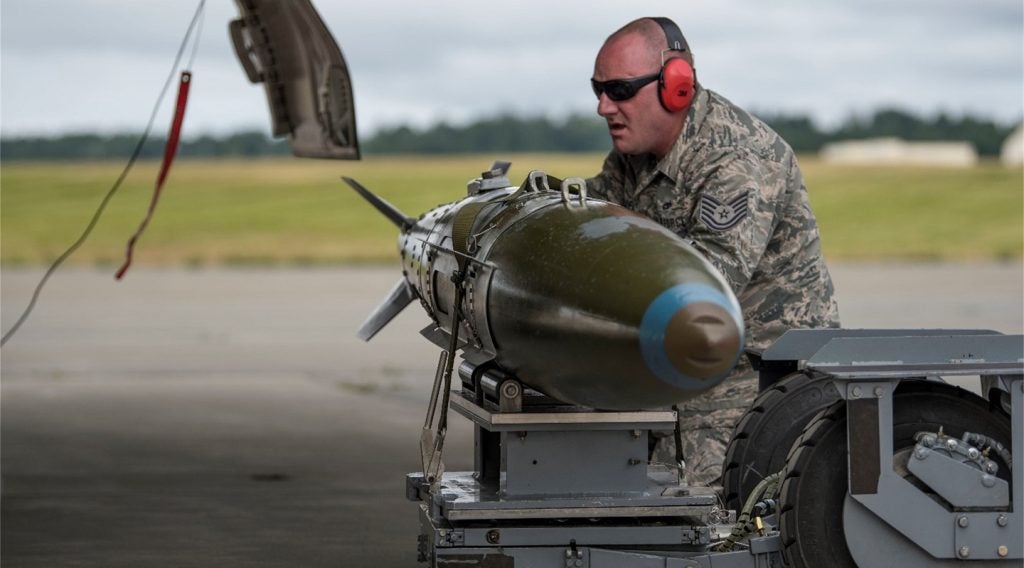The RAAF has received its first Heron unmanned aerial system (UAS), in support of its troops deployed in Afghanistan for intelligence, reconnaissance, and surveillance (ISR) missions, as part of Project Nankeen.
The Israel Aerospace Industries (IAI) developed Heron UAS, includes an aircraft, mission payloads, an advanced ground control station, spare parts and ground support equipment.
A medium-altitude long-endurance (MALE) UAS, Heron can remain airborne for over 30 hours with a cruising altitude of 30,000ft, and can carry 250kg payloads.
With a wingspan of 16.6m, a take-off weight of 1,200kg, an operational range of several hundred kilometres, and an automatic take-off and landing system, Heron is well suited for the challenging conditions of Afghanistan.
The Australian Department of Defence (DoD) awarded a contract to MacDonald, Dettwiler and Associates (MDA), to supply Heron systems, following its successful completion of a series of tests, for intelligence, surveillance and reconnaissance capabilities.
As per the contract, the Heron system will begin one-year operations in 2010, with the option to extend the contract for an additional two years.
How well do you really know your competitors?
Access the most comprehensive Company Profiles on the market, powered by GlobalData. Save hours of research. Gain competitive edge.

Thank you!
Your download email will arrive shortly
Not ready to buy yet? Download a free sample
We are confident about the unique quality of our Company Profiles. However, we want you to make the most beneficial decision for your business, so we offer a free sample that you can download by submitting the below form
By GlobalData






